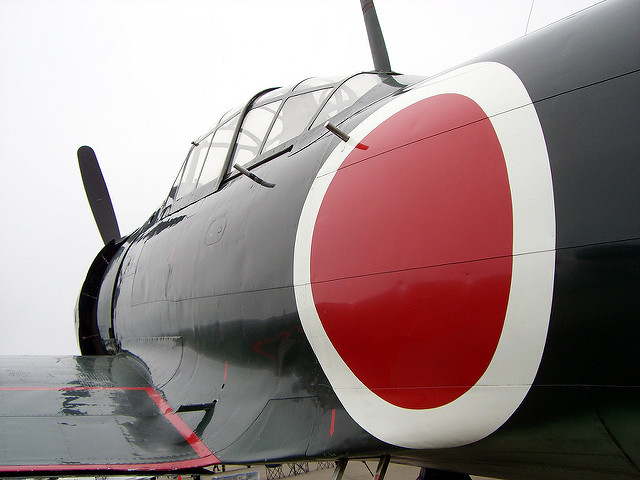
The government is investing billions to seed an aerospace industry.
Anybody out there like Japanese animation?
These cartoons aren’t all just movie about giant robots fighting one another, or whatever Pokémon Go is. I saw a movie a couple of years ago that was a biopic about the guy who designed the fighter aircraft used by the Empire of Japan during World War II. The protagonist lived a complicated life; he was a very gifted engineer, and thought Japan’s instigation of the war in the Pacific was a terrible idea. He also designed a really impressive fighter plane.
After Japan was defeated, by the terms of its surrender it was banned for years from manufacturing planes, and its aircraft industry all but disappeared. Now, in 2016, it’s attempting a comeback.
The New York Times has an interesting story this week, describing present-day Japan’s attempt to nurture that industry back into existence. Its government is seeding an effort to get an aerospace industry off the ground. That’s no small task, but Japanese officials think it’s worth the effort:
Kato Manufacturing is a small piece of Japan’s vast bet on aerospace, a multibillion-dollar government effort to replace lost manufacturing jobs and to lift up the country’s industrial heartland, centered in Gifu and neighboring prefectures. Sony and Panasonic have closed consumer electronics factories here in the last decade. While the car industry has been more resilient, officials worry that the region’s industrial base is becoming dangerously narrow.
Developing aerospace is more than just a bid for economic growth. The most public symbol of this effort, the Mitsubishi Regional Jet, is being billed as an instrument of national pride and industrial renewal, a chance for Japan Inc. to restore some of its former glory. At a short test flight of the aircraft from an airport in Nagoya, Japan’s economy minister declared “the start of a new era for Japan’s aviation industry.”
The success of this project is no sure thing, but American manufacturing’s international competition is certainly making an effort – and foreign governments clearly recognize the importance of manufacturing. Manufacturing matters a lot in a national economy. That’s why both presidential candidates have promised an emphasis on manufacturing should their respective campaigns win out.
And there are echoes in this Times story of Hillary Clinton in particular. While visiting a manufacturer in Michigan earlier this month, she described its transformation from an auto parts supplier into a cog in America’s own aerospace supply chain:
Because of the workforce and the work ethic and the commitment of Futuramic, you are seeing the future unfold. I got to see what’s happening here to help build the SLS Rocket, which is going to go from Macomb to Mars. I saw the two halves of an F-35 nosecone, waiting to be put together. I talked to some of the workers about the absolute perfection required to do this work.
And what I believe with all my heart, is what is happening here can happen in so many places if we put our minds to it, if we support advanced manufacturing, if we are the kind of country that once again understands how important it is to build things.
Read the rest of the Japan story here.
